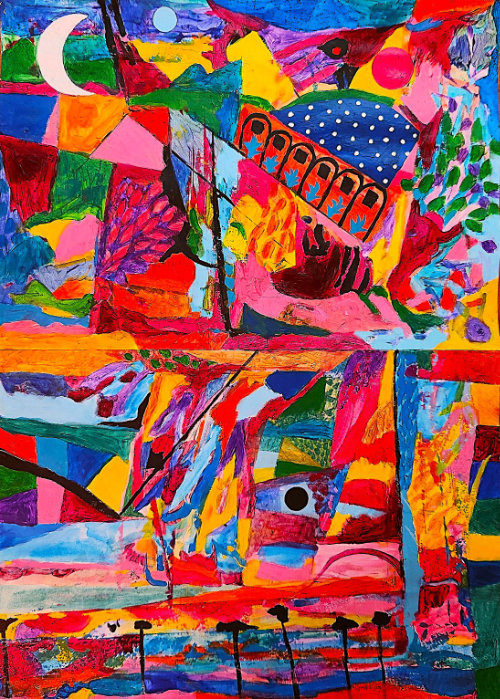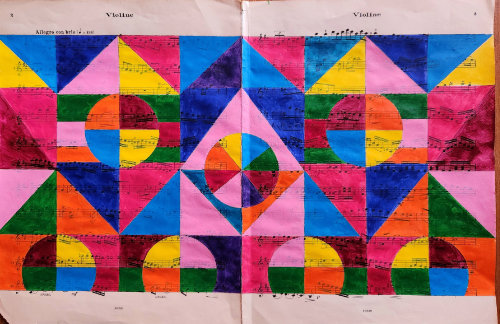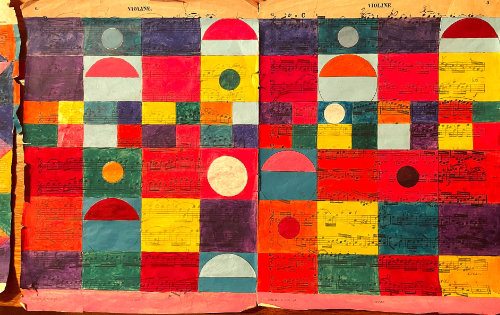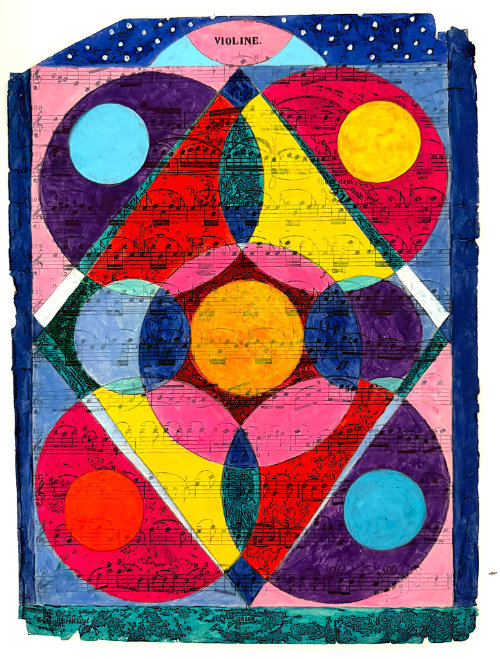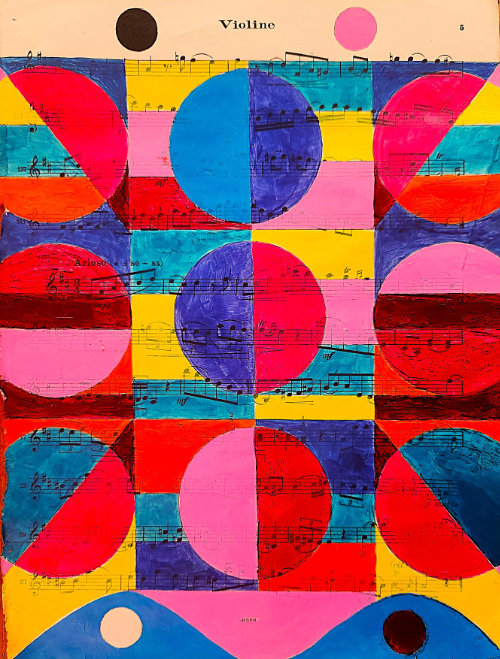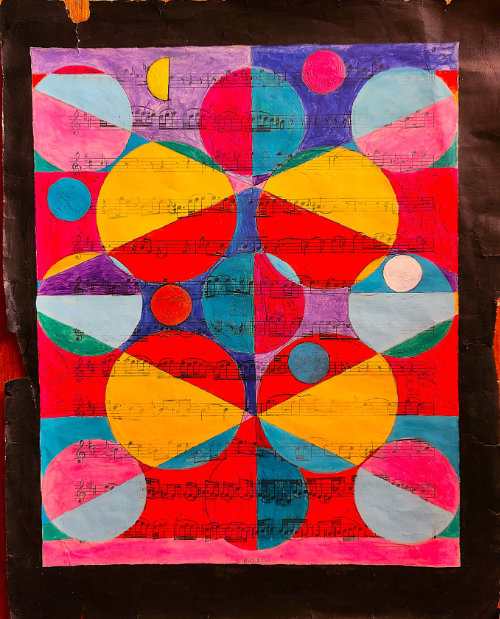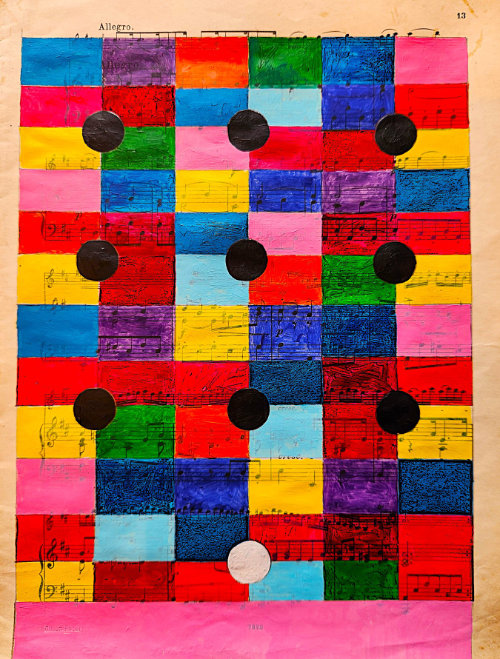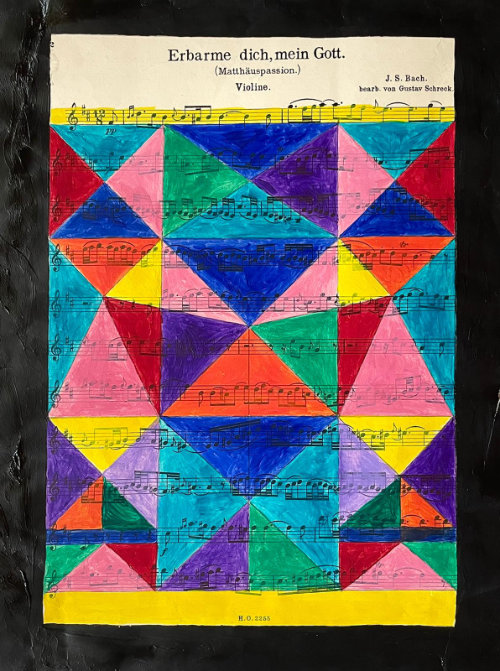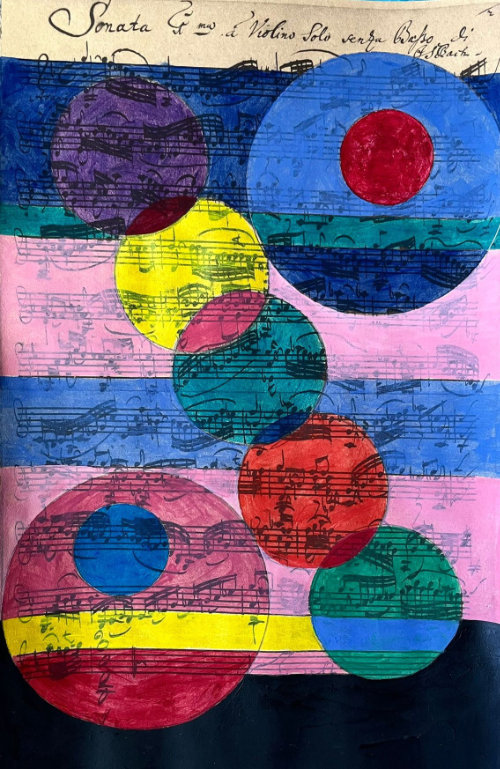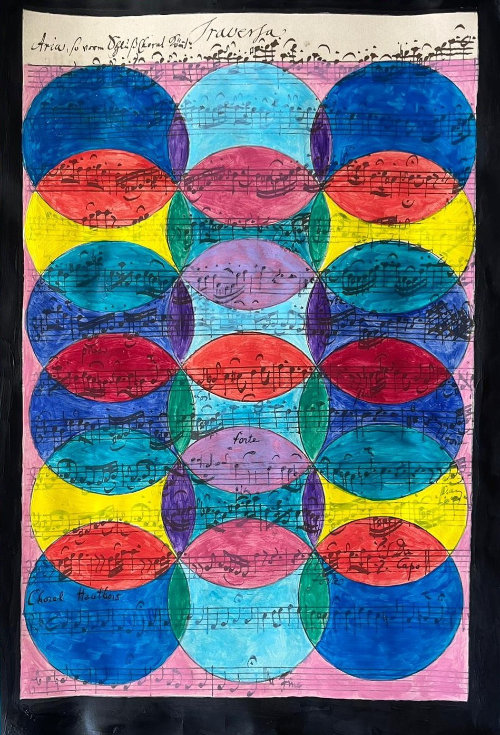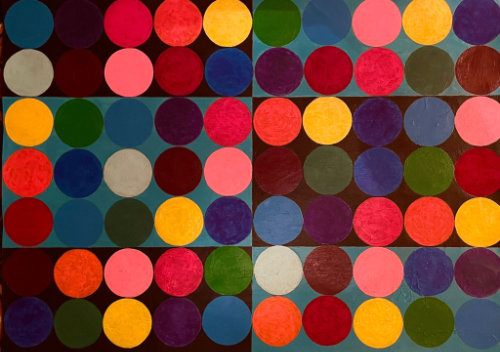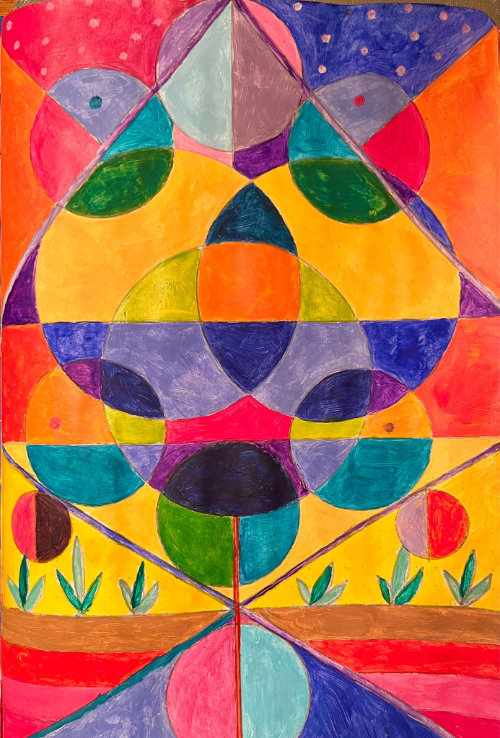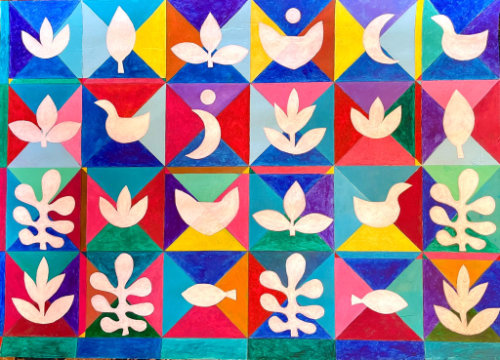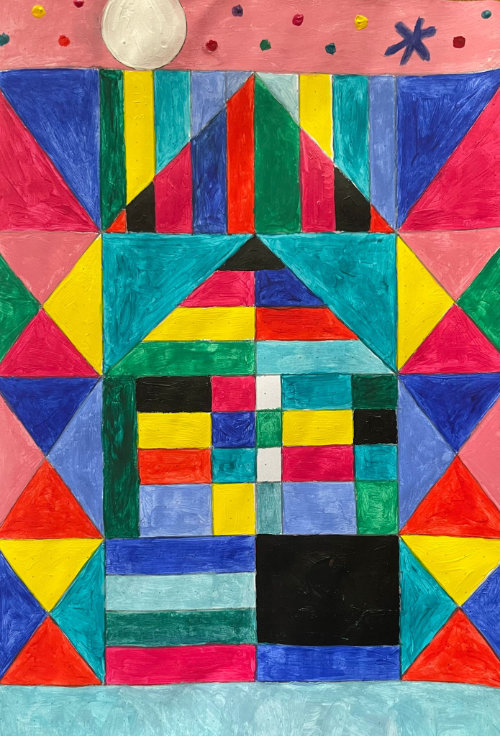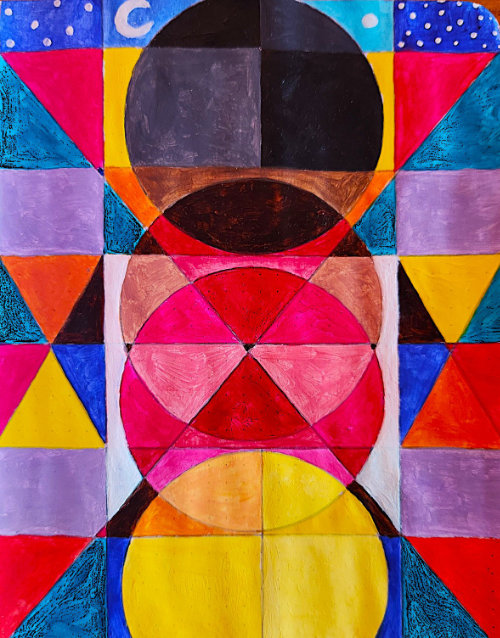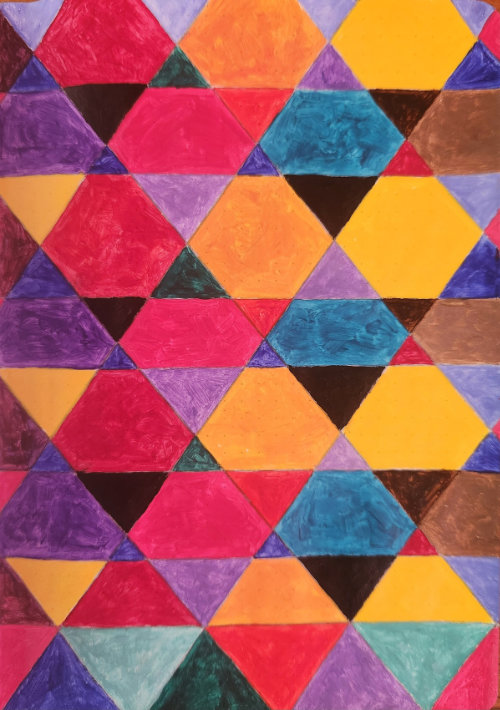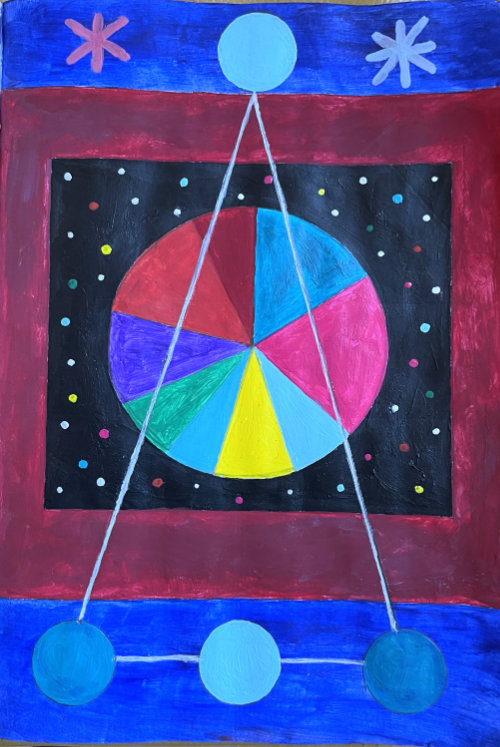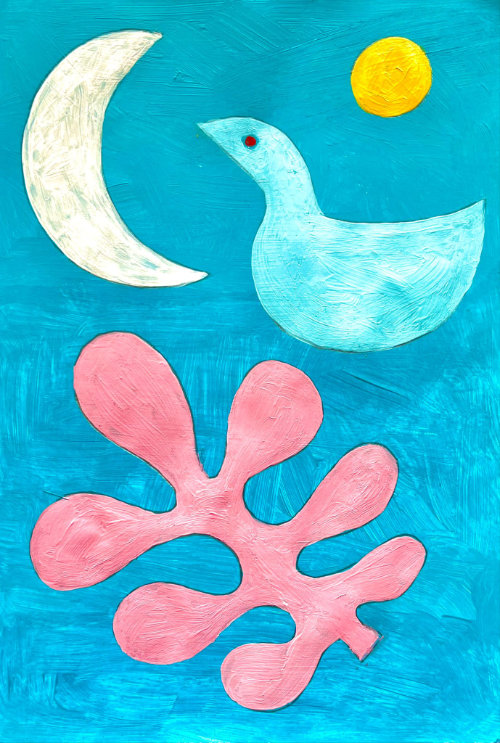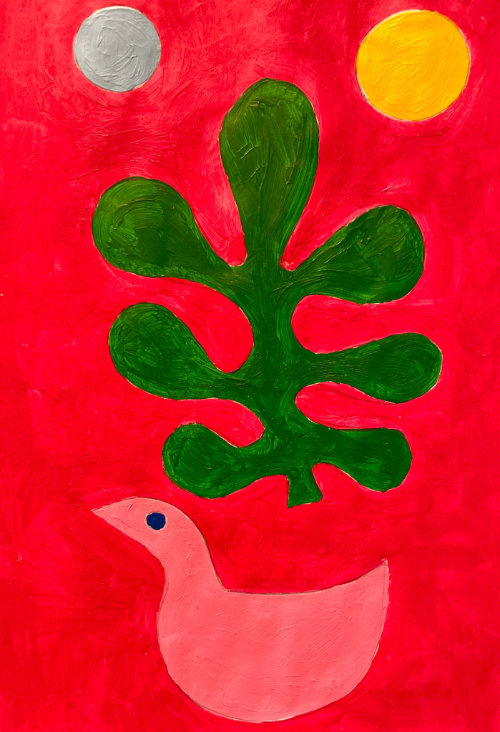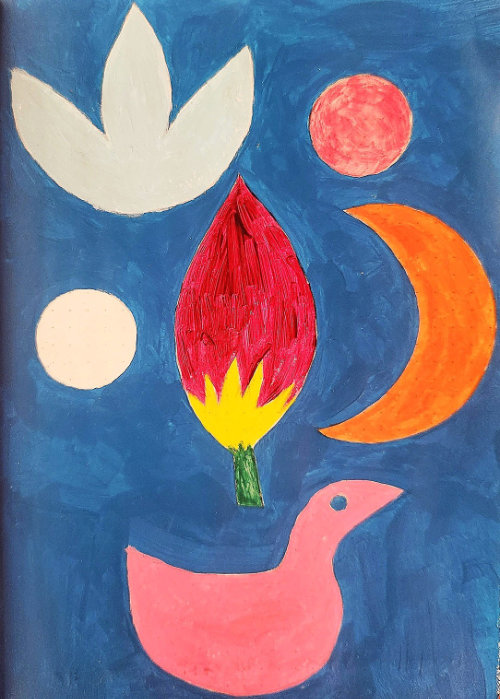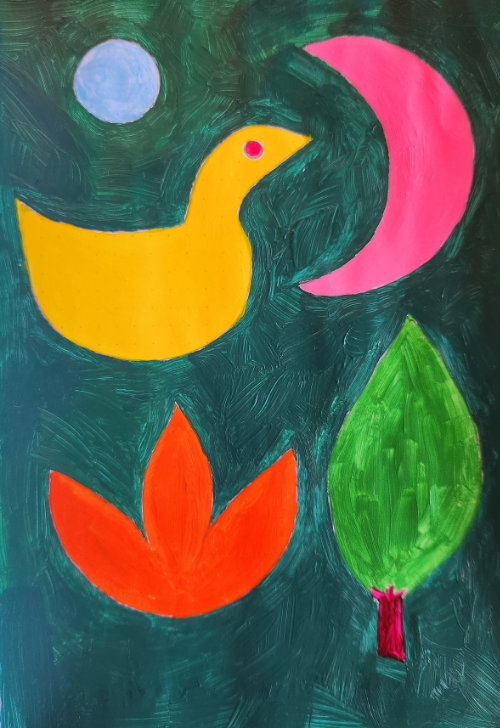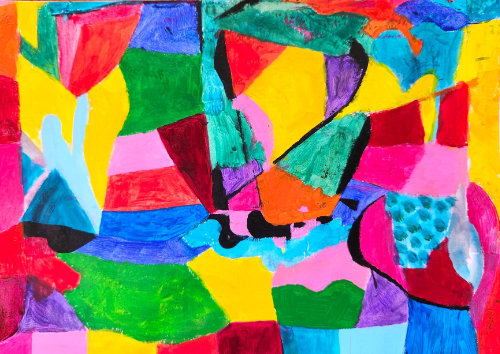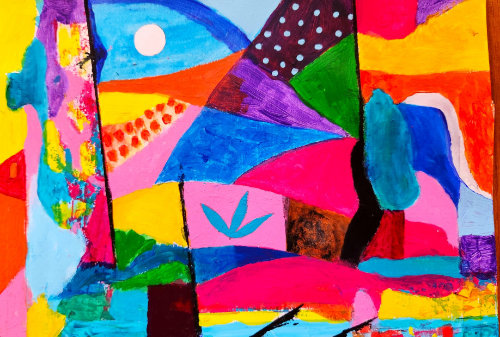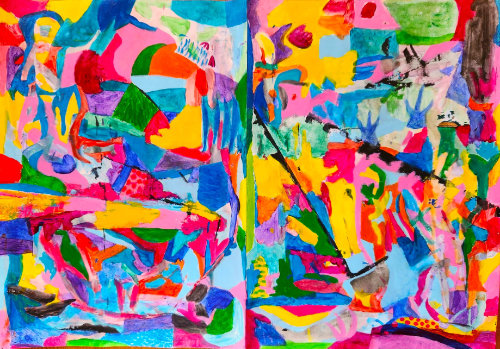
Recent major changes in my life and in the world have inspired something of a renaissance in my creative undertakings. For much of the past five years, as I pursued action scholarship at The New School University’s Institute on Race, Power and Political Economy, my responsibilities as a public intellectual prevented me from finding the time and the energy to produce new art. Two wretched bouts of Long COVID in that timespan also played a roll in limiting my creative product.
But since the sad developments that have followed Trumpism’s renewed centering in our politics and my retirement from the professional world in May, I have returned to my paint brushes and my colors with a vengeance; and I have been as busy as ever in my artistic pursuits.
As a proud Mexican American, as a political progressive, as a Californian, and as one who loves my country and all that it once was in terms of promise and potentiality, I have watched with particular horror as the government and so much of the remaining officialdom of my country have unraveled the best of what I thought we stood for.
The dismantling of so many hard-fought protections for people and the planet, that our predecessors fought and died to secure; the utter degradation of our national integrity and standing in the world; the hunting down and imprisonment of innocent, hard-working, kind and loving immigrants by masked marauders; and the naked pillaging of our national treasure to give the already wealthy and powerful still more wealth and power–all of these things have sickened me. They are anathema to my innermost standards and beliefs.
In June, I decided that I could not tolerate remaining in the United States under these circumstances of shame and dishonor. I could not abide the present dark night that has consumed America–a land that I once believed to my core was a place of unlimited possibilities to advance the Common Good (despite its many historical and ongoing shortcomings).
As an act of self-exile, I thus made my way back to Switzerland, where I have spent nearly forty years engaging my pretty wife, Claudia’s beautiful family and friends, the astounding surrounding nature here, and my artistic dreams–inspired by the likes of the great 20th century Bauhaus artist Paul Klee (who was born and raised here) and the great classical musicians of my parents-in-law’s German past and formation–particularly Johann Sebastian Bach .
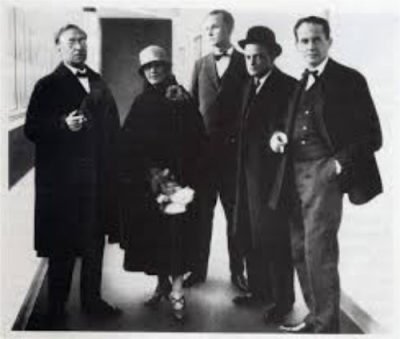
Since relocating to the European continent, I have spent valuable time in Germany, where these inspirations spent much of their formative years; as well as in France, where I have long been inspired by the great modern artists of the last century, like Henri Matisse and Marc Chagall .
During my first Summer of post-professional life, I have thus aggressively turned my passions to these enduring sources of creative insight and I have begun to produce works that have helped me begin to heal from the trauma of all things fascist, the profound losses that recent events have produced in my iconography of meaning and values, and the uncertainty that rests ahead in the coming final years of my journey.
Splashing color on cardboard paper and vintage sheet music, I have expressed my anger, my disillusionment, my consternation, and my disapproval of these recent developments all around me. As I have so many times in past epochs of my life, I have found my therapy and my voice in the power of creative expression.
I draw great inspiration and hope from the iconic sources of creative power mentioned above: Bach, Klee, Matisse, and Chagall. We often think of these masters as Gods in the canon of the arts, perhaps too often assuming that their lives were charmed and uncomplicated as a result of their greatness. But a closer reading of history reveals a very different story; and this makes their achievements all the more epic.
Bach’s life was no picnic. He was orphaned by the time he was ten years old. He never experienced fame and he struggled financially throughout his life. He died in poverty. At one point in his journey, he was tried and jailed for contesting the authority of his state employers to free him to pursue other professional opportunities.
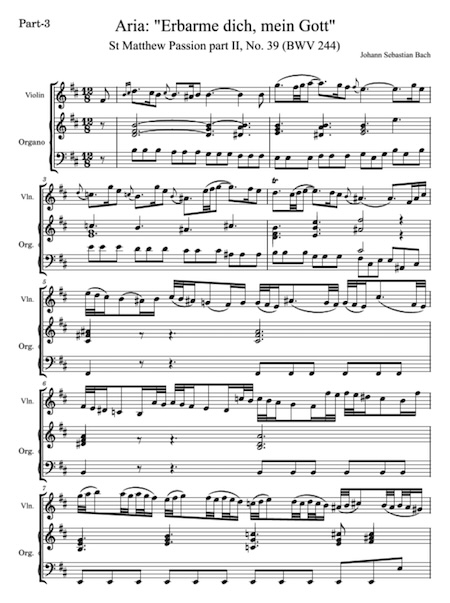
Paul Klee was ostracized by the German Nazis at the height of his powers in the early 1930s. He was stripped of his leading position at the Bauhaus and labeled a degenerate artist. He was forced to flee Germany and he died in Switzerland from a horrible disease (Scleroderma), that claimed him when he was only 60 years old.
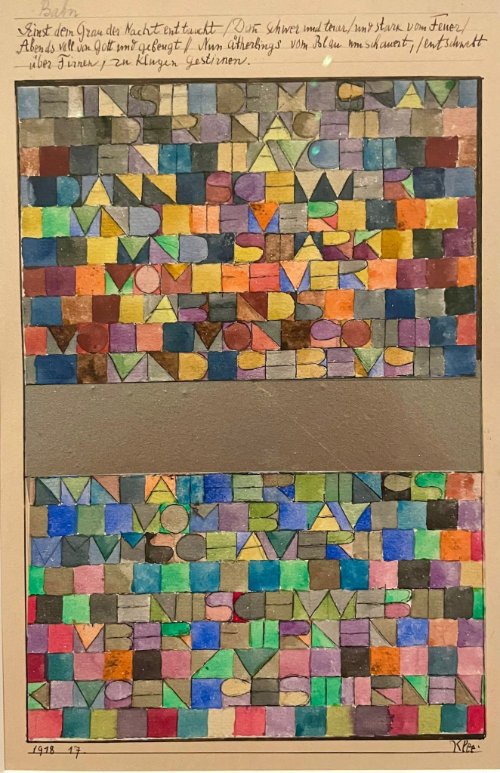
Henri Matisse suffered early poverty and spent much of his life in severe physical pain and depression. In the early 1940s he underwent a surgery that nearly killed him. For the fifteen remaining years of his journey he endured a wicked combination of unforgiving maladies.
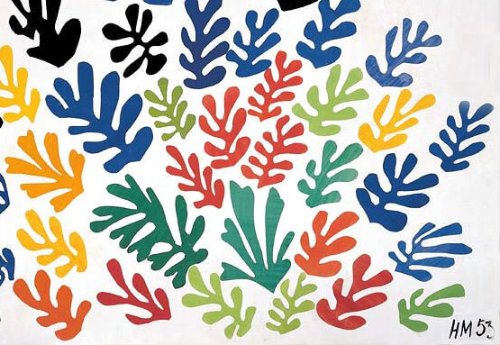
Marc Chagall was victimized by political unrest and antisemitism throughout his life. In Russia, as a young man, he and his family were severely limited by anti-Jewish laws. During WWII, he was forced to leave his adopted home in France when the Nazis took power there and confiscated or destroyed important works in his collection. Shortly after his escape to New York City, his beloved life partner, Bella, died from a virus that she contracted en route to the States.
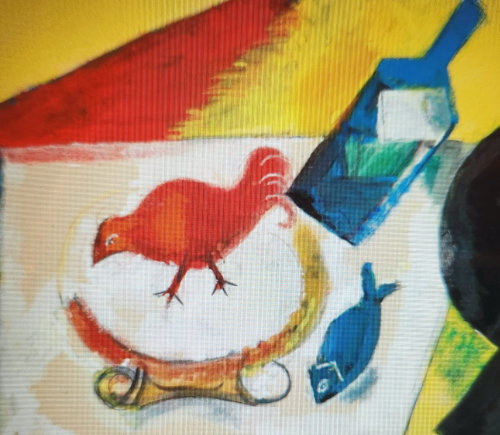
No, none of these icons of modern art who sit at the center of my creative worldview had easy lives. And yet, like the late U.S. Supreme Court justice Ruth Bader Ginsberg (and so many other progressive leaders throughout history) they persisted. I am beyond grateful for their fortitude and will to go on, even in the face of unspeakable challenge and loss.
Everyday, when I wake in Switzerland, I think of their remarkable spirits, and I look out my bedroom window to the Evian mountains in the French Alps. I say a prayer of gratitude to God for the power of inspiration—whether in the form of my heroes or Mother Nature. And I think of my responsibilities, the responsibilities that my great privileges create for me to fight on, to resist fascism, to represent those who do not have the agency that I do to cope with this moment and fight back.
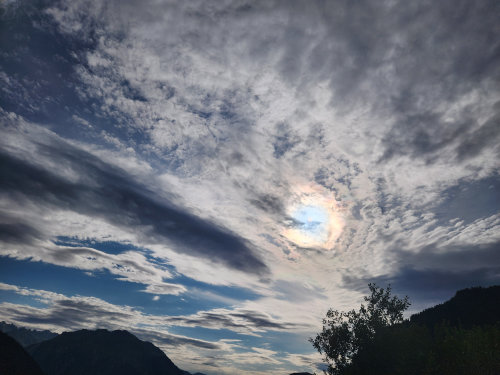
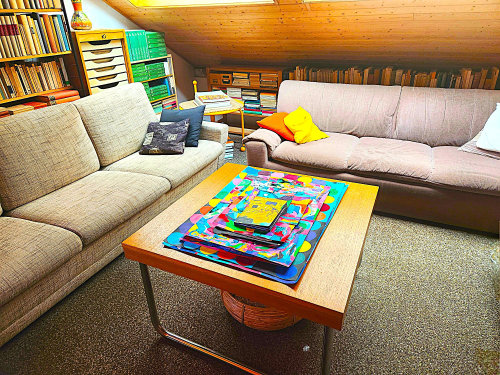
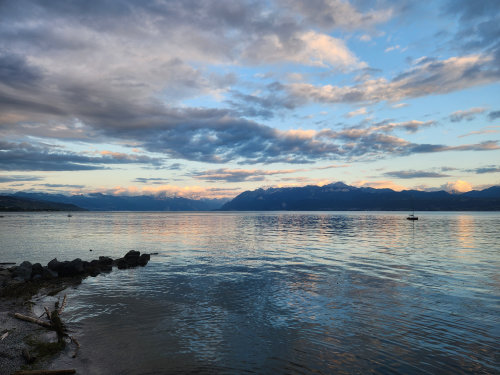
These latest works in my evolving creative journey seek to honor the exemplary artists named above here, who—along with other persistent creative forces of nature, like Diego Rivera , Robert Rauschenberg , and Jean-Michel Basquiat —dared to power through life’s greatest challenges in search of a better way forward.
I produced a large share of these paintings on 1960s-era German sheet music featuring works by Bach . On each of these pieces, I additionally included colorful geometric shapes in the spirit of Klee’s paintings during his years at the German Bauhaus.
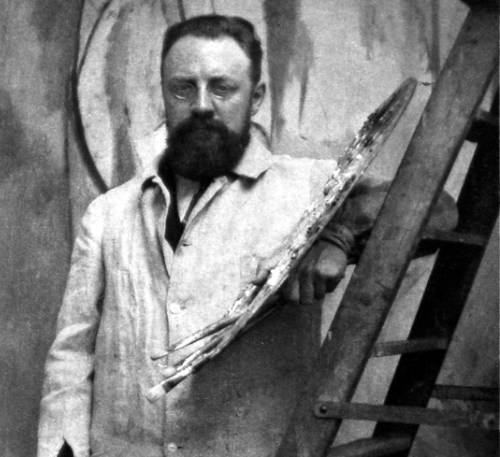
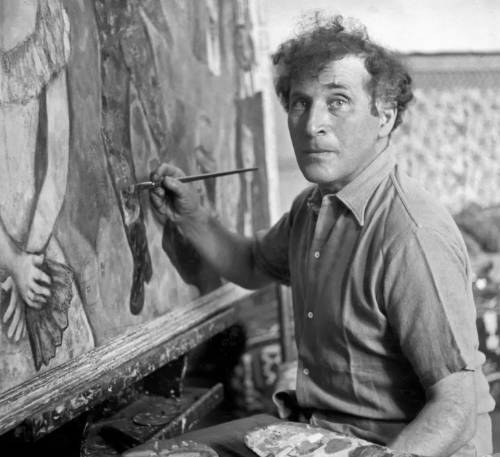
Other works in the series are smaller pieces in the vein of color sketches that employ dream-like imagery, including plant and flower life and a recurrent bird figure. These works, simple and somewhat innocent in look and feel, harken to images in the tradition of the great Russian Jewish painter Chagall.
A large work on card paper serves as an homage to Matisse’s famous cut-outs, with a Klee-like backdrop of colorful geometric shapes.
Another large piece of colored circles asks the question, ‘Will it go round in circles?’ in memory of the late great musician Billy Preston —the so-called ‘Fifth Beatle,’ partly in honor of his early 1970s song of that title, partly as a current question about the re-emergence of global authoritarianism in our times.
Additional pieces in the series give discernible nods to Klee, Chagall, and my own impulses to work in style of l’Art Brut . These pieces are particularly frontal in addressing my displeasure with the current political passage, marked by growing fascism, nationalism and othering; and my sense of mourning for the greater possibilities of Democracy and multiculturalism that have been lost (possibly irretrievably) in recent years.
While my disdain in response to history’s current trend lines is real and present, I am finally an optimist and a believer that good will always prevail in the end. So, I hope this most recent complement of my original artwork will inspire hope even more than it raises concerns.
You decide. Please tell me what you think by going to the Contact and Comments prompt here .
I always enjoy my followers’ input and ideas!
Henry A. J. Ramos
September 19, 2025
Saint-Sulpice, Switzerland
